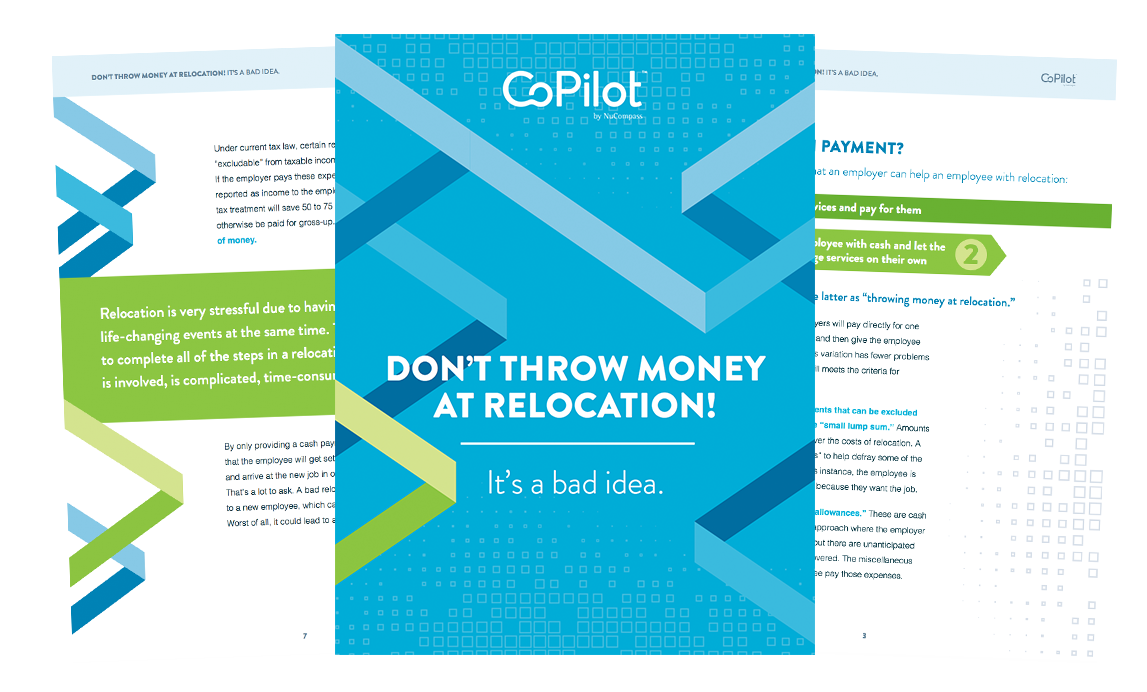Think Lump-sum Relocation Is a Cheap Way to Move Employees?
It’s Time to Reconsider the True Cost of Lump Sums
Lump-sum relocation sounds easy. Just cut your relocating employee a check for their moving costs and you’re done. For anyone who’s ever done lump-sum relocations, you likely know it’s rarely that simple.
The biggest issue with all lump-sum programs doesn’t have to do with the actual costs, it has to do with the experience for employees. You have to ask yourself if a lump-sum program is truly sufficient at providing a level of support for your relocating employees. The costs are more than monetary. Relocation is something most of us might do only a handful of times in our lifetime. A botched move can make a bad first impression for a new hire or be a retention issue for even the longest-serving employees.
The Problem with Lump-sum Allowances
CEO Magazine actually had an article that illuminates a few key issues with lump-sum relocations, including:
- One size does not fit all — Employee needs can vary dramatically.
- Determining what is equitable and fair — A homeowner vs. a renter, a higher job classification, and a family can all play a role in fairness.
- Consistency — A program should give each employee a consistent onboarding or transition experience.
- Judgment — Do employees know how much to budget and what to spend it on? It’s not likely, unless they have relocated themselves before.
- Duty of care — There can be resentment and time lost on the job when an employee has to take care of a relocation that benefits their employer.
The conclusion is that while there may be some merits for lump-sum relocation, the simplicity and ease are often overstated.
A Different Approach Is Needed
Lump-sum programs often come from budget constraints. After all, not everyone needs a six-figure relocation package, and some might not need detailed relocation management assistance, either.
A personalized approach that allows organizations to offer benefits that are appropriate for each situation, while offering guidance to employees who rarely go through a relocation unassisted, is essential for companies looking for a better way forward from traditional lump-sum programs.

Put away your checkbook when it comes to relocation.
Find out how to abandon lump sums in this white paper.